Locate relative maximum and relative minimum points on the graph. State whether each relative extremum point is a turning point.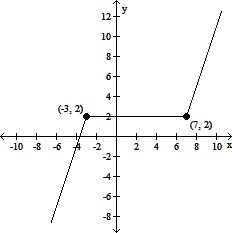
A. Any point (x, 2) is a relative maximum and a relative minimum point on the interval (-3, 7); none of these points are turning points.
B. Any point (x, 2) is a relative maximum and a relative minimum point on the interval (-3, 7); both (-3, 2) and (7, 2) are turning points.
C. (-3, 2) and (7, 2) are relative maxima and minima points; both of these points are turning points
D. (-3, 2) and (7, 2) are relative maxima and minima points; neither of these points are turning points
Answer: A
You might also like to view...
Parametric equations and a parameter interval for the motion of a particle in the xy-plane are given. Identify the particle's path by finding a Cartesian equation for it. Graph the Cartesian equation. Indicate the portion of the graph traced by the particle and the direction of motion.x = 4 cos t, y = 4 sin t, ? ? t ? 2?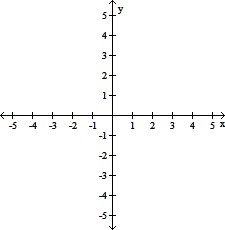
A. x2 + y2 = 1
Clockwise from (1, 0) to (1, 0), one rotation
B. x2 + y2 = 16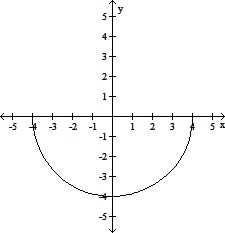
Counterclockwise from (-4, 0) to (4, 0)
C. x2 + y2 = 16
Clockwise from (4, 0) to (-4, 0)
D. x2 + y2 = 16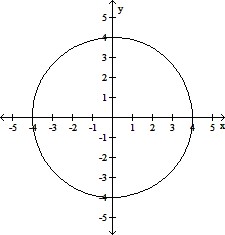
Counterclockwise from (4, 0) to (4, 0), one rotation
Evaluate the expression using the given values.mc2; m = 2.4 × 10-4, c = 3 × 108
A. 21.6 B. 2.16 × 1012 C. 7.2 × 104 D. 2.16 × 1013
Provide an appropriate response.Given y = f(x) = x3 - 3x2 + 10 on the interval  , find the values of x at which absolute maxima and absolute minima occur.
, find the values of x at which absolute maxima and absolute minima occur.
What will be an ideal response?
The graph of the function y = f(x) is given below. Sketch the graph of y =  .
.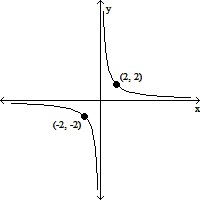
A. 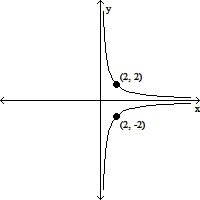
B. 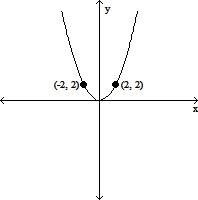
C. 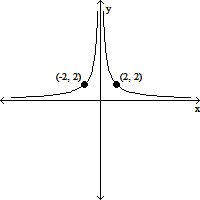
D. 